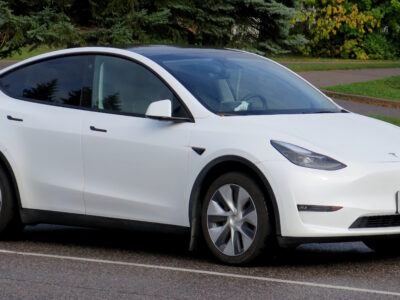
Tesla Model Y Miles Per kWh: A Deep Dive into Efficiency and Everyday Range
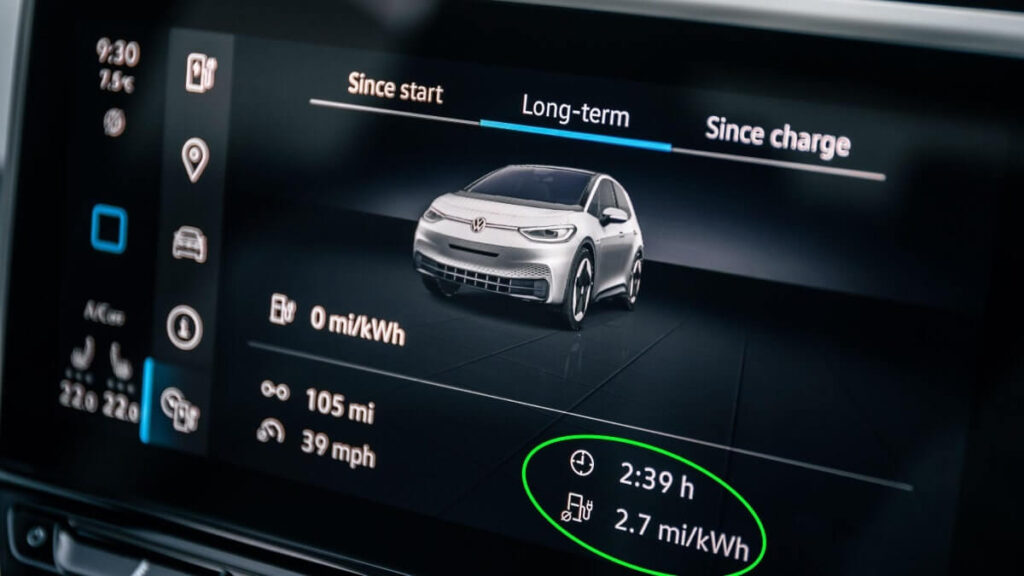
When we think of the Tesla Model Y, we picture a sleek, futuristic SUV gliding silently through city streets and highways alike. But beneath that whisper-quiet performance lies an essential metric that defines how efficiently it converts electricity into motion — miles per kilowatt-hour (mi/kWh). This figure isn’t just a number; it’s the heartbeat of Tesla’s electric performance. Let’s unravel what it means, how it varies, and how you can make the most of it.
- Understanding Miles per kWh
- Tesla Model Y Efficiency Overview
- Real-World Tesla Model Y Miles per kWh
- The Science Behind Tesla’s Efficiency
- How to Calculate Miles per kWh
- Comparison with Other Electric Vehicles
- Maximizing Your Tesla Model Y Efficiency
- Energy Consumption by Speed
- The Influence of Terrain and Load
- Battery Health and Efficiency Over Time
- Understanding Tesla’s Energy Graphs
- How Driving Style Affects mi/kWh
- Seasonal Variations in Miles per kWh
- Why mi/kWh Matters More Than Range
- Final Thoughts — The Real Value of Efficiency
- FAQs
Understanding Miles per kWh
What Does Miles per kWh Mean?
Miles per kilowatt-hour (mi/kWh) represents how far an electric vehicle (EV) can travel on one kilowatt-hour of energy. Think of it as the EV equivalent of miles per gallon (MPG). The higher the number, the more efficiently your Tesla Model Y uses its stored energy.
In simple terms:
- 1 kilowatt-hour (kWh) = amount of energy required to power a 1,000-watt device for 1 hour.
- Miles per kWh = distance you can drive per unit of that stored energy.
So, if your Model Y achieves 4 mi/kWh, you can drive roughly 4 miles using one unit of energy — pretty remarkable for a midsize SUV.
Tesla Model Y Efficiency Overview
Tesla’s Design for Energy Mastery
Tesla engineered the Model Y with aerodynamic precision, a low drag coefficient (0.23 Cd), and a lightweight chassis shared with the Model 3. This efficiency-first design enables it to extract maximum performance from every kilowatt-hour.
Variants and Their Efficiency Ratings
The Model Y lineup offers several variants, each tuned differently for power and efficiency:
| Variant | EPA Range (mi) | Battery Size (kWh) | Average mi/kWh |
|---|---|---|---|
| Model Y RWD | ~260 miles | 60 kWh | 4.3 mi/kWh |
| Model Y Long Range AWD | ~330 miles | 75 kWh | 4.4 mi/kWh |
| Model Y Performance | ~303 miles | 75 kWh | 4.0 mi/kWh |
As seen above, the Long Range trim leads in efficiency, thanks to its dual-motor balance between power and consumption.
Real-World Tesla Model Y Miles per kWh
City vs Highway Performance
In daily use, the Model Y’s efficiency fluctuates:
- City driving: Typically higher efficiency — around 4.3–4.7 mi/kWh, due to regenerative braking.
- Highway driving: Slightly lower — about 3.7–4.1 mi/kWh, as consistent high speeds increase aerodynamic drag.
Climate Conditions and Efficiency
Weather can make or break your EV range.
Cold temperatures require battery heating, lowering efficiency to around 3.0–3.5 mi/kWh, whereas mild climates favor optimal performance above 4.0 mi/kWh.
Pro tip: Precondition your battery while plugged in during winter to preserve efficiency on the road.
The Science Behind Tesla’s Efficiency
Aerodynamics That Matter
Every curve, crease, and contour of the Model Y is designed for reduced resistance. The underbody is fully covered, mirrors are minimal, and the flush door handles reduce drag — all contributing to extra miles per charge.
Regenerative Braking: The Secret Weapon
Each time you lift off the accelerator, the Model Y converts kinetic energy back into stored electricity. This regenerative braking feature can recover up to 20–30% of energy that would otherwise be wasted, improving overall efficiency.
You may be interested in reading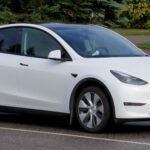 Tesla Model Y Max Speed: Complete Performance and Specification Breakdown
Tesla Model Y Max Speed: Complete Performance and Specification BreakdownHow to Calculate Miles per kWh
Manual Calculation
You can easily estimate your efficiency:
- Note your odometer reading at the start and end of a trip.
- Record your battery percentage used and multiply by total battery capacity (e.g., 75 kWh × 0.20 = 15 kWh used).
- Divide miles traveled by kWh consumed.
Example:
If you drove 60 miles using 15 kWh, your efficiency is:
60 ÷ 15 = 4.0 mi/kWh
Using Tesla’s Energy Display
Tesla’s in-car energy monitor automatically calculates mi/kWh, giving you a real-time glimpse of consumption — no math required.
Comparison with Other Electric Vehicles
Model Y vs Model 3
The smaller, lighter Model 3 averages 4.5–5.0 mi/kWh, while the Model Y settles slightly lower due to size and weight differences. Still, the Y’s versatility balances family practicality with commendable efficiency.
Model Y vs Hyundai Ioniq 5 and Kia EV6
| Vehicle | Efficiency (mi/kWh) |
|---|---|
| Tesla Model Y LR | 4.4 |
| Hyundai Ioniq 5 AWD | 3.8 |
| Kia EV6 AWD | 3.7 |
| Ford Mustang Mach-E | 3.5 |
Tesla continues to lead the segment in real-world energy use per mile.
Maximizing Your Tesla Model Y Efficiency
Practical Tips for Everyday Driving
To boost your miles per kWh:
- Drive smoothly — avoid harsh acceleration.
- Use Chill Mode — softer throttle response, better efficiency.
- Keep tires inflated — low pressure increases rolling resistance.
- Precondition cabin and battery while charging.
- Avoid excessive HVAC use on short trips.
Software Updates That Improve Efficiency
Tesla frequently rolls out over-the-air (OTA) updates that refine motor control, improve thermal management, and enhance range prediction — meaning your car can actually become more efficient with time.
Energy Consumption by Speed
Speed plays a dramatic role in efficiency. Here’s an approximate breakdown based on real-world data:
| Speed (mph) | mi/kWh |
|---|---|
| 30 mph | 5.0 |
| 50 mph | 4.5 |
| 65 mph | 4.1 |
| 75 mph | 3.6 |
| 85 mph | 3.2 |
Rule of thumb: For every 10 mph increase above 60 mph, expect roughly a 10% drop in efficiency.
The Influence of Terrain and Load
Hills and Elevation
Driving uphill consumes more power, while regenerative braking recovers some of it downhill. On long descents, the system can even add range, temporarily improving mi/kWh averages.
Weight and Cargo
Every extra kilogram affects efficiency. Roof boxes, bikes, and luggage can lower mi/kWh by 5–15%. Streamlined accessories or Tesla’s roof racks help minimize drag.
Battery Health and Efficiency Over Time
Degradation and Realistic Expectations
Battery degradation is natural but minimal in Teslas — roughly 2–3% per year. Proper charging habits (keeping between 20–80%) and avoiding extreme heat can maintain peak efficiency for years.
You may be interested in reading Tesla Model Y Max Speed: Complete Performance and Specification Breakdown
Tesla Model Y Max Speed: Complete Performance and Specification Breakdown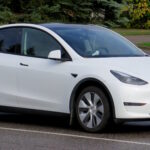 Tesla Model Y 0–60 Time: Complete Acceleration & Quarter-Mile Breakdown (2020–2025)
Tesla Model Y 0–60 Time: Complete Acceleration & Quarter-Mile Breakdown (2020–2025)Charging Behavior and Efficiency Impact
Supercharging is convenient but slightly less efficient than slow AC charging due to heat losses. Charging at home overnight with scheduled charging is ideal for longevity and lower energy loss.
Understanding Tesla’s Energy Graphs
Tesla’s built-in Energy app visualizes:
- Instant consumption (mi/kWh)
- Average consumption over time
- Projected range based on recent driving patterns
This data empowers drivers to adapt their habits for maximum range.
How Driving Style Affects mi/kWh
Let’s be honest — the right foot dictates range. Gentle acceleration and anticipation save energy, while hard launches drain it fast. The Model Y can sprint from 0–60 mph in under 4 seconds, but that thrill costs efficiency.
Seasonal Variations in Miles per kWh
Summer
- Fewer heating demands
- Air conditioning has minimal impact
- Higher efficiency (4.3–4.7 mi/kWh)
Winter
- Battery heating required
- Cabin warming consumes extra power
- Reduced efficiency (3.0–3.5 mi/kWh)
Why mi/kWh Matters More Than Range
While total range (miles per charge) often steals headlines, mi/kWh reveals how smartly that energy is used. It reflects Tesla’s technological edge — a symphony of software, design, and physics working in harmony.
Final Thoughts — The Real Value of Efficiency
Tesla didn’t just build an SUV; it built a statement about what electric efficiency can look like in the real world. The Model Y’s 4+ mi/kWh capability means fewer charges, lower running costs, and a greener footprint — all without compromising on performance or comfort.
In essence, miles per kWh isn’t just a statistic. It’s the story of how far we’ve come in the evolution of electric driving — and how much further we can go on a single charge.
FAQs
1. What is the average miles per kWh for the Tesla Model Y?
The Model Y typically averages 4.0–4.5 mi/kWh, depending on driving style, conditions, and variant.
2. How can I see my Tesla’s mi/kWh?
You can view it directly on the Energy app or Trip Meter on your Tesla touchscreen.
3. Does using Autopilot improve efficiency?
Yes, slightly. Autopilot maintains smoother speeds and optimized acceleration, improving efficiency by around 3–5%.
4. How much does cold weather affect Tesla efficiency?
Expect up to 20–30% reduction in cold weather due to heating demands and battery conditioning.
5. Is Tesla’s efficiency better than other EVs?
Absolutely. The Model Y consistently leads its class, outperforming competitors like the Ford Mach-E and Kia EV6 in miles per kWh.
You may be interested in reading Tesla Model Y Max Speed: Complete Performance and Specification Breakdown
Tesla Model Y Max Speed: Complete Performance and Specification Breakdown Tesla Model Y 0–60 Time: Complete Acceleration & Quarter-Mile Breakdown (2020–2025)
Tesla Model Y 0–60 Time: Complete Acceleration & Quarter-Mile Breakdown (2020–2025) What to Expect When Driving a Fiat 500: Owner's Perspective
What to Expect When Driving a Fiat 500: Owner's PerspectiveIf you want to know other articles similar to Tesla Model Y Miles Per kWh: A Deep Dive into Efficiency and Everyday Range you can visit the category Driving.
Deja una respuesta

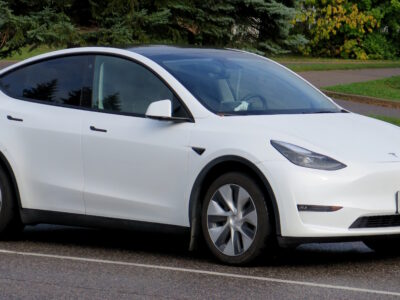
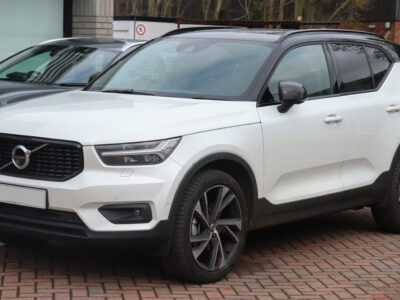
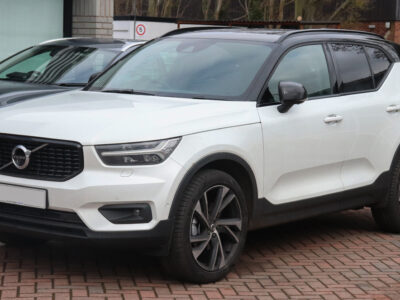
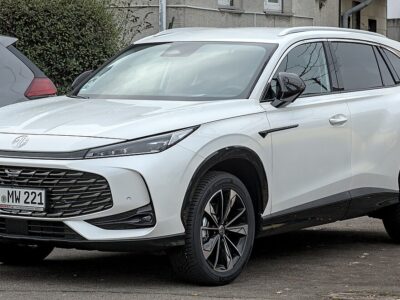
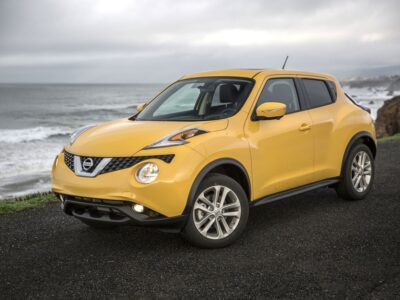
More content of your interest